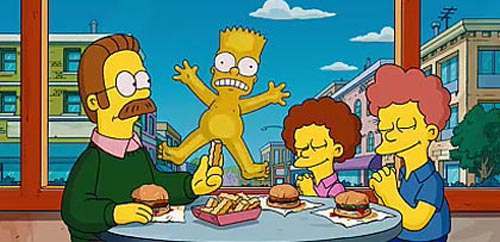Dropbox is simple. You create a new folder (the dropbox) and everything which is saved their is automatically uploaded to the service.
This folder stays synced with the cloud, meaning you have complete access to all your most important files wherever you are, on whatever device you choose.There's a fantastic mobile app and you can even set your Dropbox up across multiple computers meaning you don't even have to think about making sure you've saved the right copy of something to your USB key.
You can even allow other users to access parts of your Dropbox for collaboration.
But I think its most useful application is when you need to access a file you had no idea you'd need. Instead of driving all the way home or making sure you always have your USB key with you, simply download the file from the web.
I can't even count the amount of times I've needed a file at uni or work and Dropbox has come to the rescue. To say I couldn't live without it is obviously a bit ridiculous but, it's definitely made my life immeasurably easier. And for an everyday low price of $0 for 2GB you'd be silly not to take advantage.



